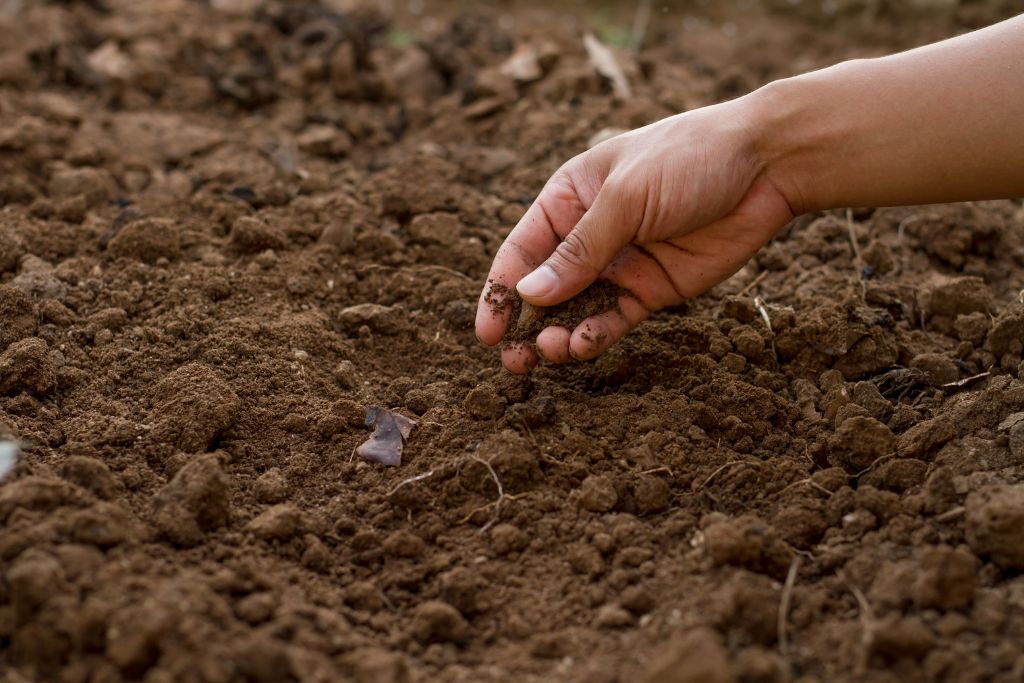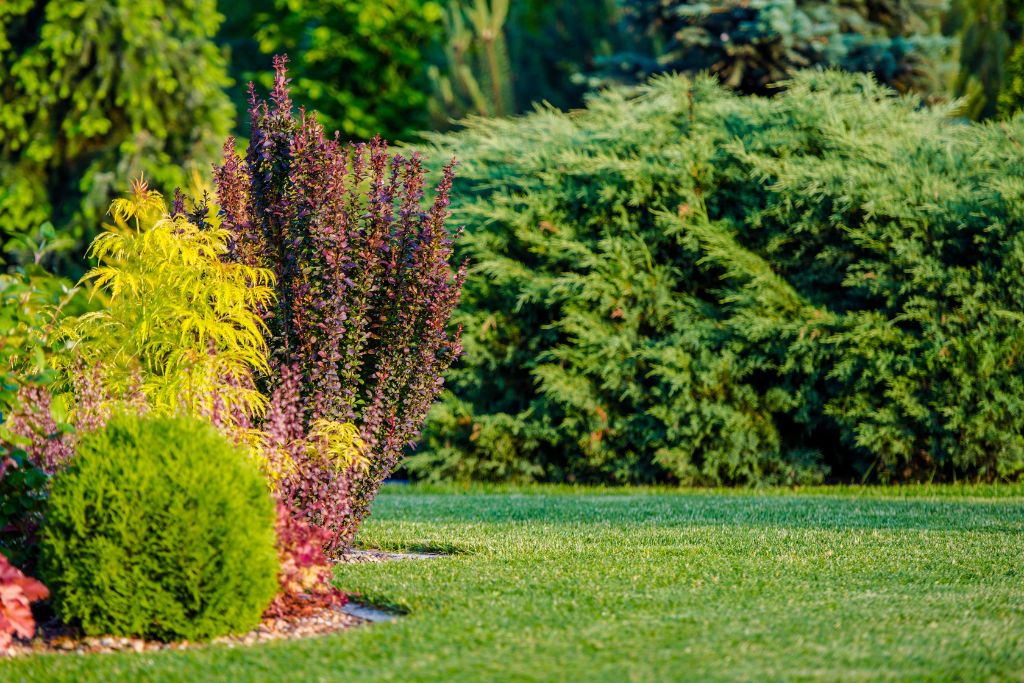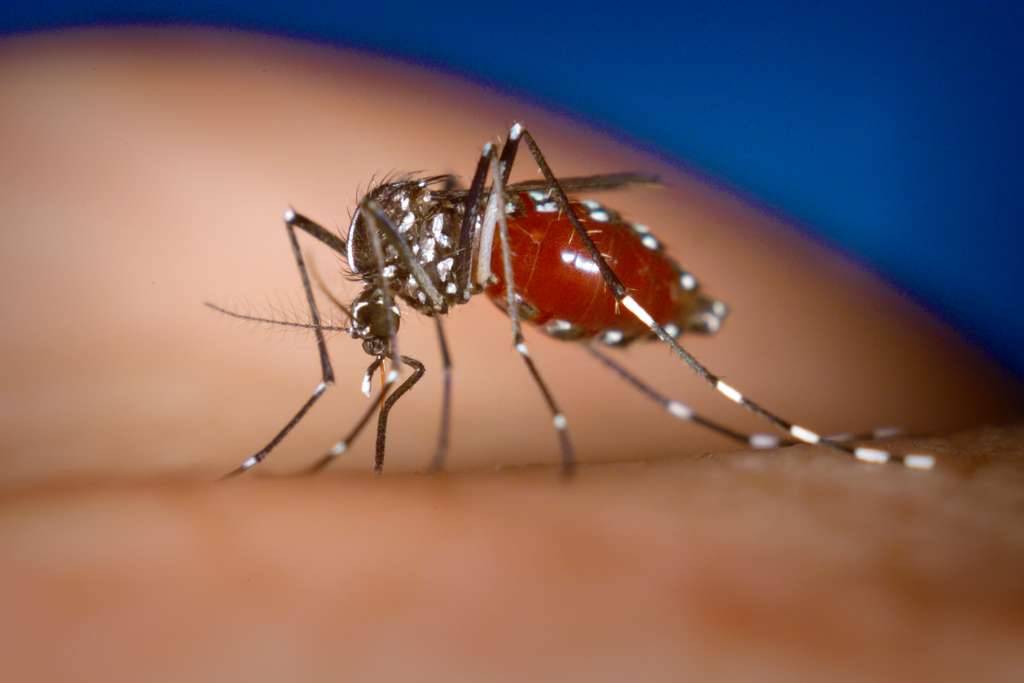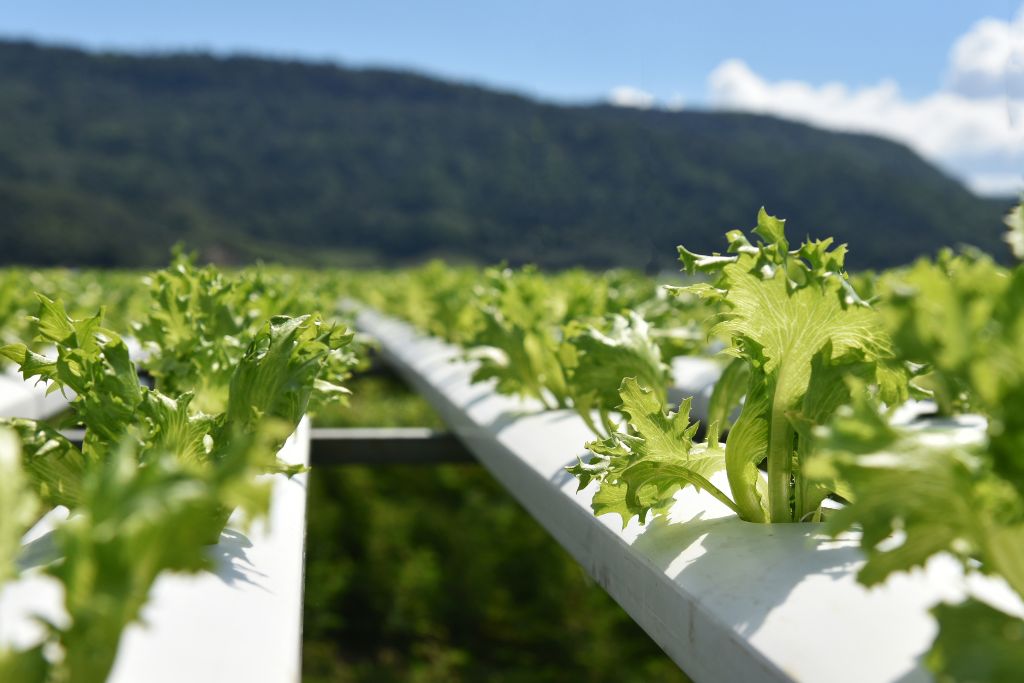Raspberry bushes are easy to grow, and they produce a bountiful crop of berries. They thrive in cool climates, though some varieties can be heat-resistant enough to work in hotter areas. Raspberries bear their fruit on new growth (summer-fruiting). They can also bear fruit on older canes that develop in the fall. If you are interested in growing raspberry plants, there are a few things you will need. First, you will need to select the right location for your plants. You can plant raspberry plants in any kind of soil or rock, but it is important to use good-quality soil that is healthy and won’t cause problems for the plants. You will also need to provide a sufficient amount of water each day to keep the plants hydrated. Finally, make sure that you have mulch or ground cover so that the raspberry plants don’t get too much sun exposure or wetness.
Prepare the Soil
Raspberries grow best in well-drained soils rich in organic matter. They also adapt to a variety of soil types with a pH range of 6.0 to 6.8. To improve soil drainage and nutrient holding capacity, add organic matter such as dehydrated cow manure or compost to the planting site before placing the plants in the ground.
A trellis system is beneficial to most raspberries, especially trailing varieties. Steel posts about 7 feet high and 8 feet apart, buried at least one foot into the ground, with two to three horizontal guide wires, work well for support.

There are a lot of diseases, viruses, and weeds that can attack raspberry plants and hurt or kill them. These problems can be avoided with proper planning, care, and selection of disease-free stock.
Summer-bearing raspberry plants produce fruit on second-year canes (floricanes). Fall-bearing types produce a late-season crop on first-year canes. They require different pruning than the summer-bearing types.
Dig the Hole
Raspberries are grown in a variety of soils, but they prefer rich and well-drained soil. A few inches of compost mixed into the ground prior to planting will help improve this.
The best time to plant raspberry plants is in early spring after the danger of frost has passed. But if you live in milder areas, they can be planted in late autumn to give them a head start.

To plant raspberries, dig a hole slightly deeper and wider than the root ball of the plant. Remove any grass roots and weeds, test the soil to determine its pH level (typically around 5.5–6.5), and amend it if necessary.
Then place the raspberry plants in the hole. Back-fill with a mixture of one part compost to one part soil. It’s best to fill the hole up to the bottom of the root ball, but it’s OK to leave some space. Water the new raspberry plant well after transplanting and continue to water it regularly until the plant is well established.
Place the Plants
Raspberries can be planted at any time of year. However, the best time is in late winter or early spring as soon as the ground thaws.
When putting raspberry plants in the ground, it is important to plant them in a location that will receive full sun. The sun will help to regulate the temperature of the soil, as well as control competing weeds.

It is also a good idea to mulch the planting site with shredded leaves, pine needles, or straw to protect the roots from cold and conserve soil moisture. If the area is prone to weeds, it is recommended that mechanical removal be performed regularly.
The most important thing when growing raspberries is to ensure that the soil is properly drained. Poor drainage is detrimental to raspberry growth and can lead to rot of the roots and the eventual death of the plant.
Water
Raspberry plants are very drought tolerant, but they do need consistent moisture to produce juicy berries. Water them whenever the soil feels dry to the touch. Use a tensiometer to measure the amount of water your plants need, and don’t overwater.
A soil test can help determine the pH level of your soil and whether or not it is suitable for raspberry planting. If the test shows the soil is acidic, you may want to amend it with lime before planting.

Boron deficiency can also hurt raspberries, leading to lower yields and smaller fruit. This problem can be fixed by adding boron supplements, which are sold at garden centers, but only after a tissue test has been done to confirm the plant’s nutrient needs.
After the raspberries are established, mulch them well with a thick layer of pine needles or straw to reduce water loss and retain nutrients. This will keep the soil temperature regulated and weeds under control.













